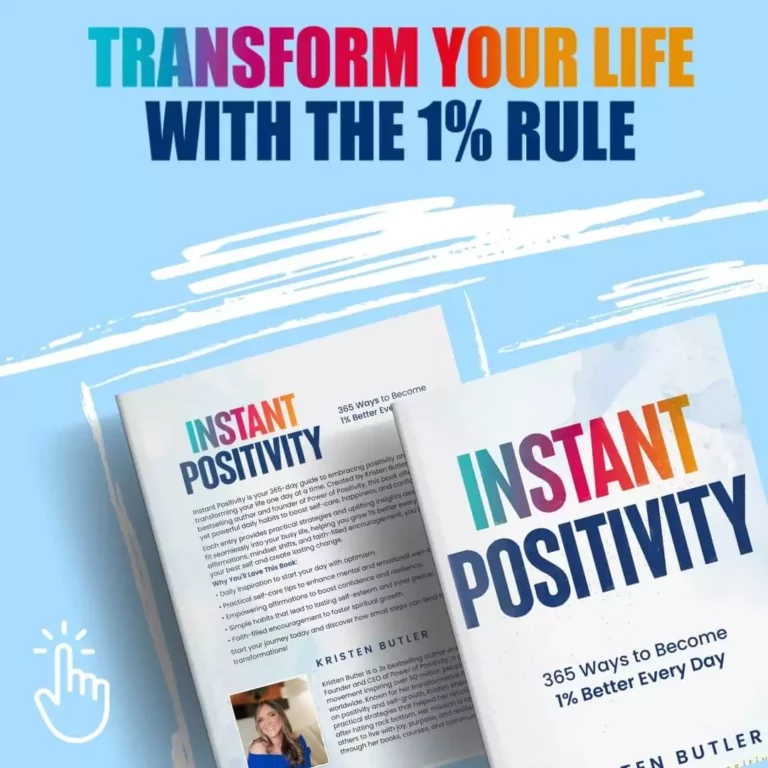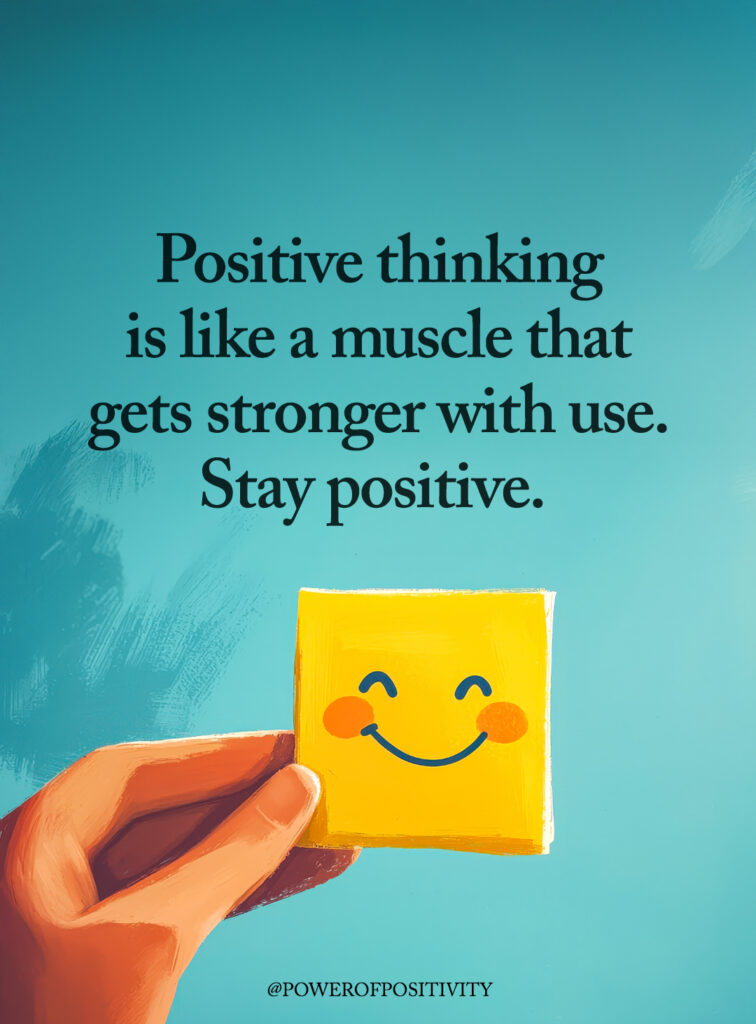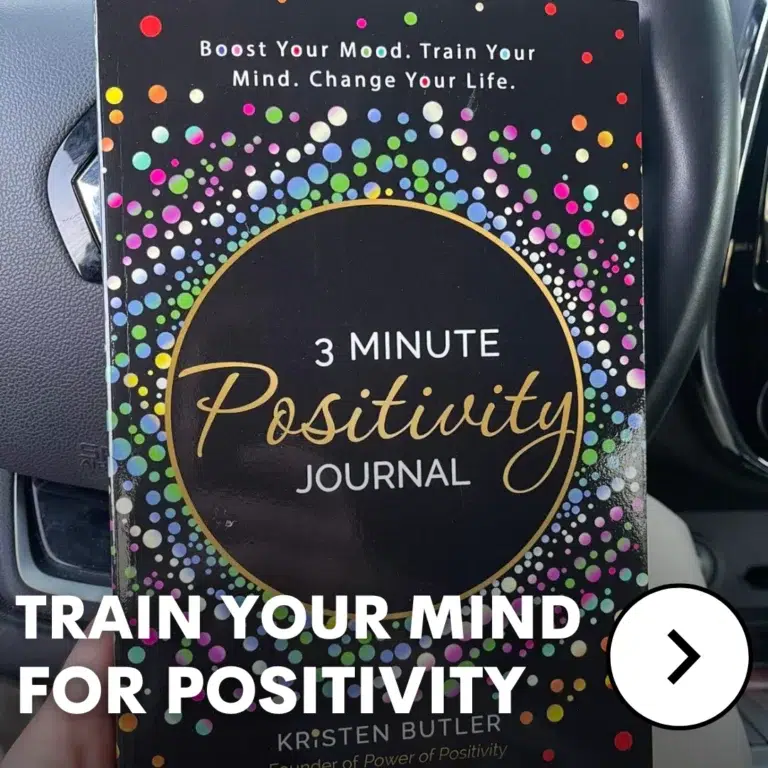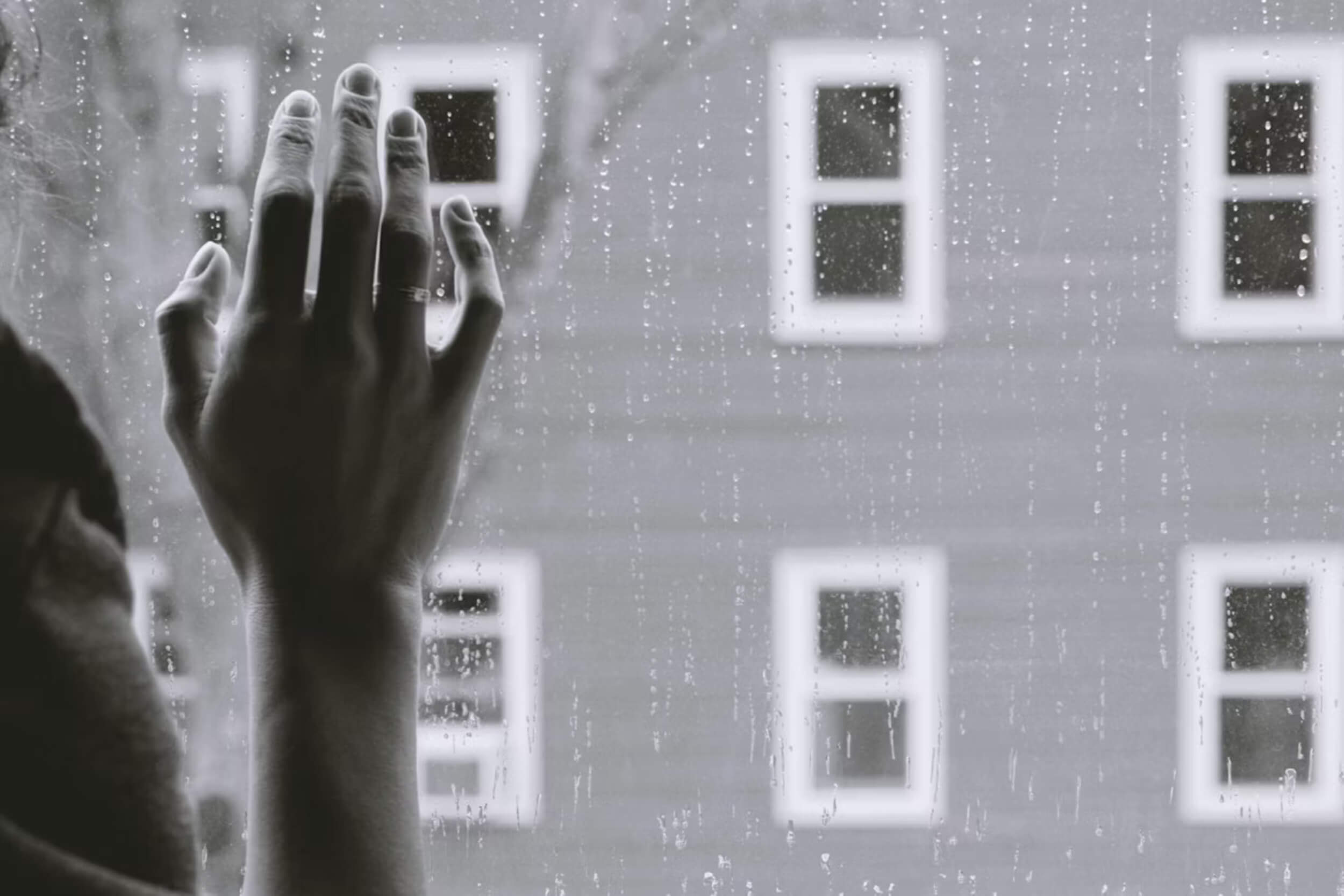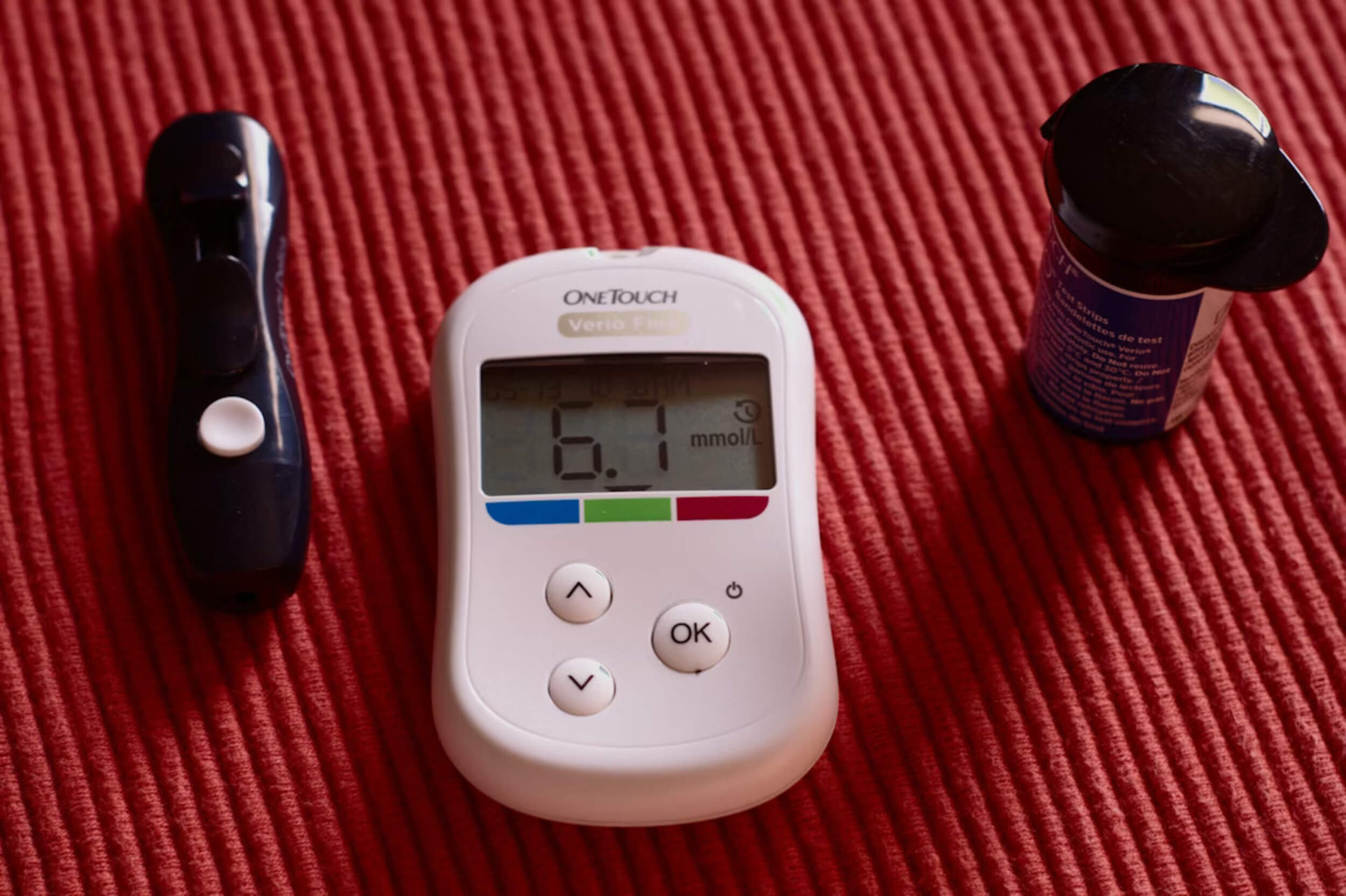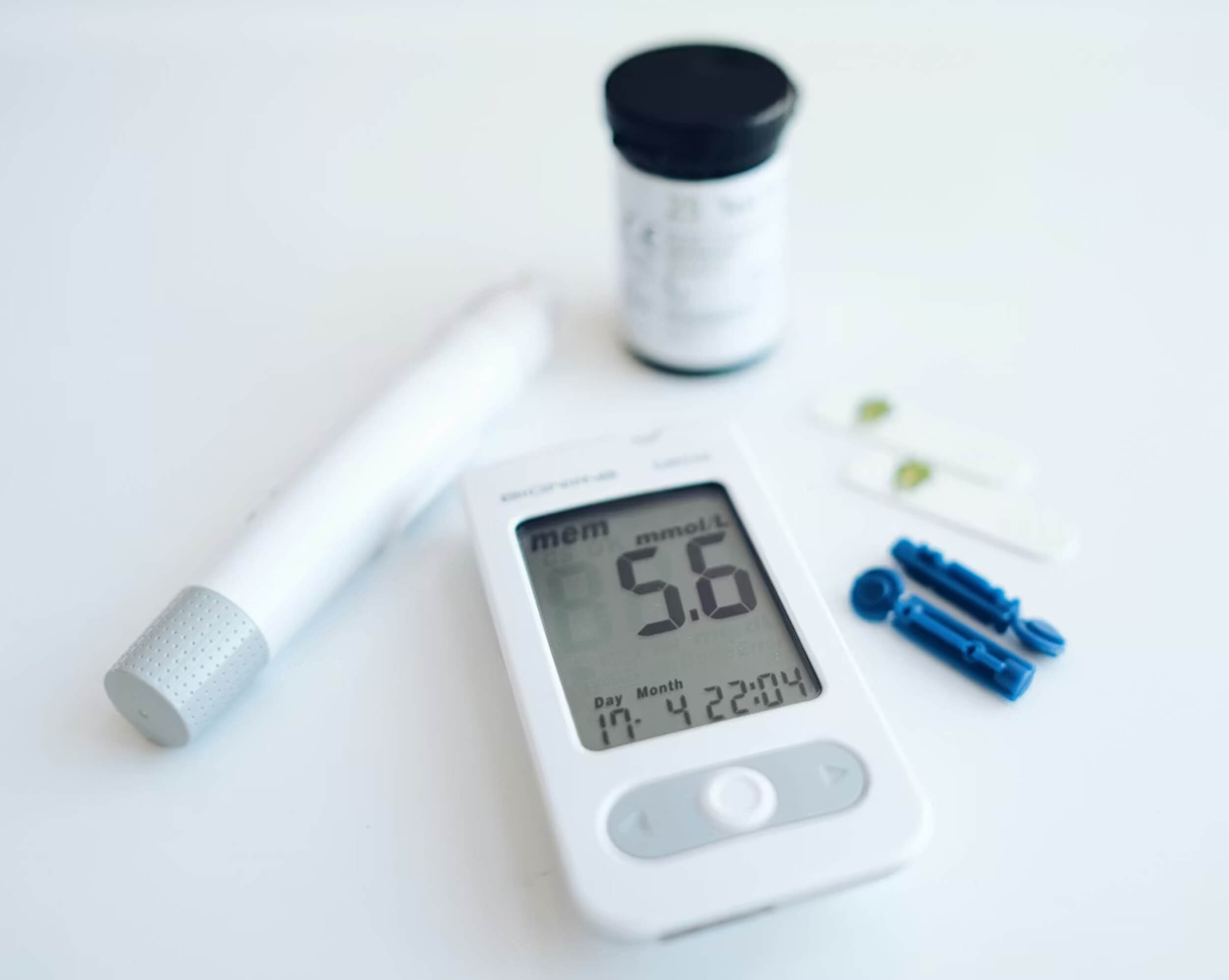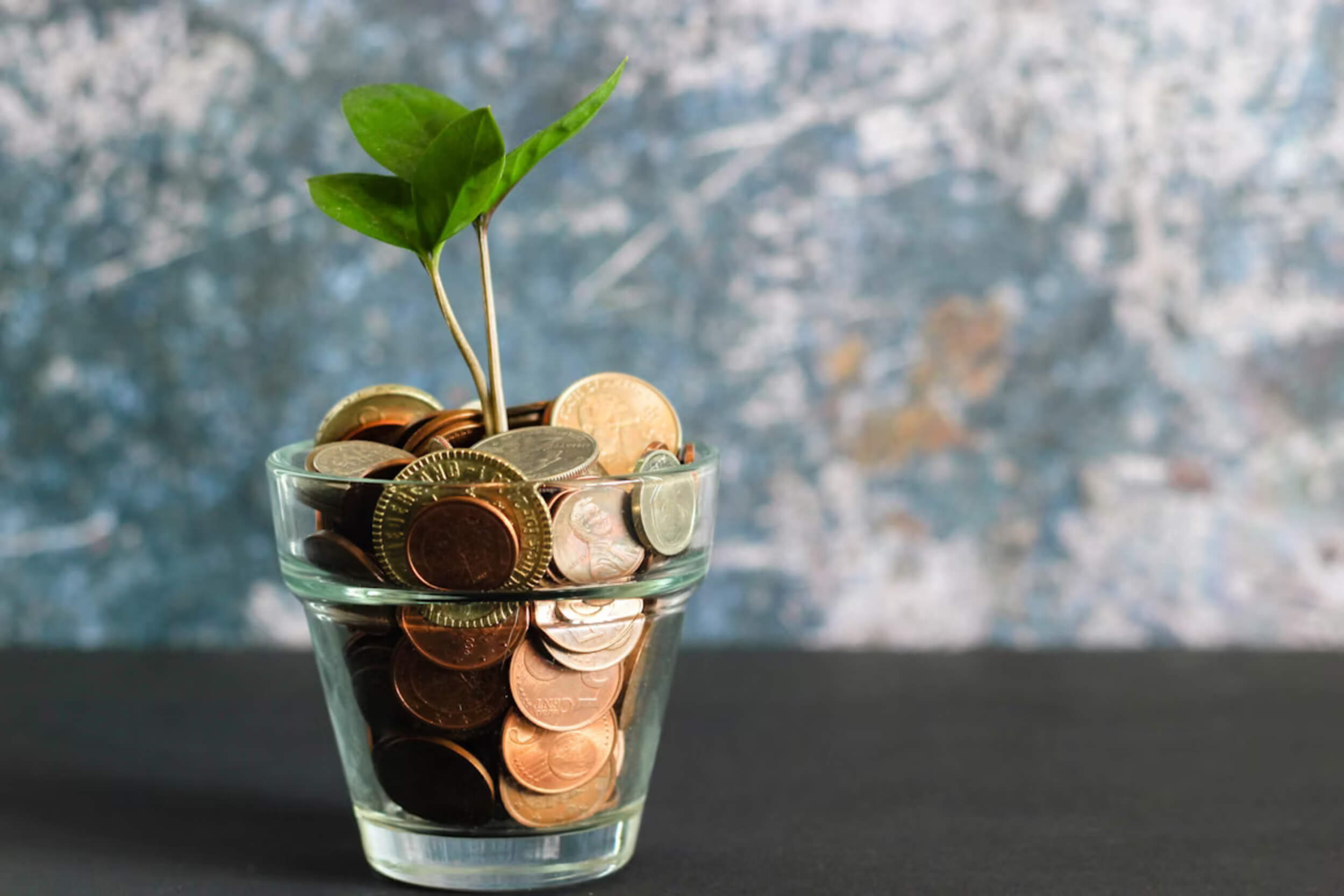That flutter in your chest when someone smiles at you isn’t just emotion — it’s biology in motion. The science of love shows that what we call “chemistry” is exactly that: tiny reactions inside the brain that light up when we feel seen, safe, or deeply connected. Researchers have found that love activates brain systems linked to reward, memory, and attachment — the same ones that help us survive and bond with others. It’s not just about romance; it’s how we’re built to connect as humans. Every heartbeat, every touch, every moment of trust is part of the body’s natural design for connection.
To understand love, we have to look at what your brain and body are actually doing when your heart skips a beat.
The Brain’s Love Circuit: Where Chemistry Meets Emotion
Most people say love comes from the heart, but science says it starts in the brain. The science of love shows that when you feel close to someone, several brain areas light up like a network of tiny sparks. Each part has a job to do:
- The Ventral Tegmental Area (VTA) kicks in first. It releases dopamine, the same chemical that makes you crave your favorite food or song. It’s what gives you that rush of excitement when you see someone you like.
- The Nucleus Accumbens is next. It reinforces that good feeling, pushing you to spend more time with the person who makes you happy.
- The Prefrontal Cortex helps you understand what love means long term — commitment, trust, and the choices that keep love steady.
Experts say love hijacks the same brain reward system that lights up when you eat chocolate or listen to music — but the emotional pull is much stronger. These signals don’t just affect how you think; they change how you act and feel.
Once the brain starts the chain reaction, the rest of the body joins in — with hormones that can lift, calm, or even break your heart.
Hormones That Power Love and Connection
The body speaks its own language when it comes to love. The science of love proves that hormones shape how we bond, desire, and stay connected.
1. Dopamine: The Spark of Desire
Dopamine is the “feel-good” messenger that fires up during attraction. It makes early love feel exciting, almost addictive. That rush of energy, the loss of appetite, the daydreaming — dopamine is behind it all.
2. Oxytocin and Vasopressin: The Bond Builders
Oxytocin, sometimes called the “cuddle hormone,” shows up during hugs, eye contact, and even laughter. It creates trust and helps deepen emotional bonds. Vasopressin works alongside it, encouraging loyalty and long-term commitment — the glue that holds relationships steady.
3. Serotonin: The Balance Keeper
Serotonin keeps emotions steady but dips when infatuation strikes, which explains why new love can feel obsessive or distracting.
Together, these chemicals create the physical side of love — that steady rhythm between thrill and comfort.
These chemicals shape the emotional highs and lows of love — but they also explain why heartbreak can feel like physical pain.
When Love Hurts: The Science of Heartbreak
Heartbreak isn’t just sadness; it’s biology in distress. The science of love shows that losing someone activates the same pain centers in the brain that light up during physical injury. The reward system, used to constant dopamine, suddenly shuts down — leaving the brain craving what’s gone.
Cortisol, the stress hormone, spikes during breakups. It causes fatigue, sleep problems, and even weakens the immune system. That’s why heartbreak can make you feel physically sick or drained.
Healing starts when the brain begins forming new pathways — ones built on safety and calm instead of loss. Simple acts like mindfulness, journaling, or leaning on friends help restore balance and reduce stress.
But love isn’t only about romantic partners — it’s about the deeper biological pull to connect with others.
Beyond Romance: The Universal Need for Human Connection
Love isn’t limited to couples — it’s wired into everyone. The science of love shows that the same brain circuits used in romance are also active in friendships, family ties, and even teamwork.
Human connection helps the body stay healthy. Studies show people with strong social bonds have lower inflammation, stronger immunity, and longer lifespans. On the other hand, loneliness raises stress hormones and increases the risk of heart disease and depression.
Even babies prove how vital connection is. Those deprived of touch or care often struggle later with emotional balance and attachment. Touch, warmth, and shared presence are as important to growth as food or sleep.
Our need to connect isn’t just emotional — it’s biological. From a simple smile to a long hug, every act of connection reminds the brain it’s safe.
Our brains evolved to depend on others — not just to reproduce, but to survive.
Evolution’s Blueprint: Why We’re Wired for Love
Long before modern relationships, love had a purpose: survival. Evolution designed connection so humans could protect, cooperate, and raise their young.
Attraction pushes people to pair up. Attachment keeps them together long enough to care for one another and their children. The science of love traces this pattern back to mammals that bond for life — like prairie voles — whose brains release oxytocin and vasopressin just like ours.
Those same brain circuits are ancient survival tools. They make sure we form communities, share food, and protect one another. Without them, humanity wouldn’t have lasted this long.
While evolution gave us the blueprint, our personal histories shape how that wiring plays out.
How Early Life Shapes Your Capacity to Love
Early experiences teach the brain what love feels like. Childhood bonding sets the stage for how we connect as adults.
1. Attachment Styles and the Brain
Children who grow up with warmth and stability often develop a secure attachment. They tend to trust others and handle conflict calmly. In contrast, those raised with emotional distance or unpredictability may develop anxious or avoidant styles — making love feel uncertain or risky.
2. Neural Pathways of Safety and Threat
Repeated care and affection build calm neural pathways that signal “I’m safe.” When love is inconsistent, the brain becomes alert to danger, making it harder to relax in relationships later on.
The good news is that the brain can heal. Therapy, healthy friendships, and self-awareness can rewire old patterns.
So if love is partly learned, then understanding yourself becomes a gateway to deeper connection.
The Psychology of Attraction: What Draws Us Together
Attraction isn’t random — it’s guided by biology and emotion. The science of love helps explain why some people instantly click while others don’t.
1. Familiarity and Mirror Neurons
We’re drawn to people who feel familiar. Shared gestures, tone, or energy activate mirror neurons in the brain — the same ones that make us yawn when someone else does. These create empathy and comfort, making connection feel natural.
2. The Role of Scent, Voice, and Eye Contact
Subtle cues like scent, laughter, and eye contact affect chemistry without us realizing it. Even a shared joke or look can release oxytocin, deepening trust in seconds.
3. Shared Values Over Looks
Research shows long-term attraction has less to do with looks and more to do with emotional safety and shared values. Feeling understood and accepted keeps the bond strong.
But even the strongest attraction fades without the daily rituals that reinforce connection.
The Habits That Keep Love Alive
Keeping love strong isn’t luck — it’s daily effort. The science of love proves that consistency builds connection more than grand gestures ever could.
1. Emotional Attunement
Paying attention to tone, mood, and small needs keeps couples emotionally in sync. Brains literally begin to mirror one another, improving understanding and calm.
2. Touch and Gratitude
Physical touch — like hugging or holding hands — releases oxytocin and lowers cortisol. Simple appreciation, like saying “thank you,” strengthens trust and warmth.
3. Playfulness and Novelty
Doing new things together reignites dopamine, recreating the spark of early love. Trying a hobby, traveling, or even laughing at something silly keeps connection fresh.
The science of love shows it’s not magic — it’s maintenance.
Love as Medicine: How Connection Heals the Body
Love doesn’t just warm the heart — it heals the body. Studies reveal that people in caring relationships have lower blood pressure, stronger immunity, and even faster recovery after illness.
The science of love also applies to friendships and pets. Holding a pet or talking to a trusted friend triggers oxytocin, calming the nervous system and reducing stress.
Couples who feel emotionally safe together tend to live longer and enjoy better mental health. Their stress hormones stay lower, keeping the heart and immune system balanced.
Love doesn’t just make life sweeter — it literally keeps us alive.
Modern Challenges to Human Connection
Technology makes it easy to talk but harder to connect. Social media, texting, and constant scrolling give a false sense of closeness without the physical signals our brains need — like eye contact and touch.
The science of love warns that too much digital contact can confuse the brain, replacing real comfort with short bursts of dopamine. Over time, that leaves people lonelier than before.
To stay connected, make space for real moments — share meals, listen, hug, and laugh in person. Those tiny gestures feed the body’s natural chemistry for love.
Love remains our oldest and most reliable technology for survival.
Conclusion: The Biology of Belonging
Love isn’t only poetic — it’s practical. Science shows it’s built into our biology to help us thrive, heal, and grow. Every act of kindness or shared laugh creates small waves of calm that protect both mind and body.
Understanding the science of love helps us see connection not as luck, but as a daily habit worth building. From our ancestors to modern life, love has kept us human.
Connection isn’t something we fall into — it’s something we create, every day.



